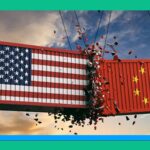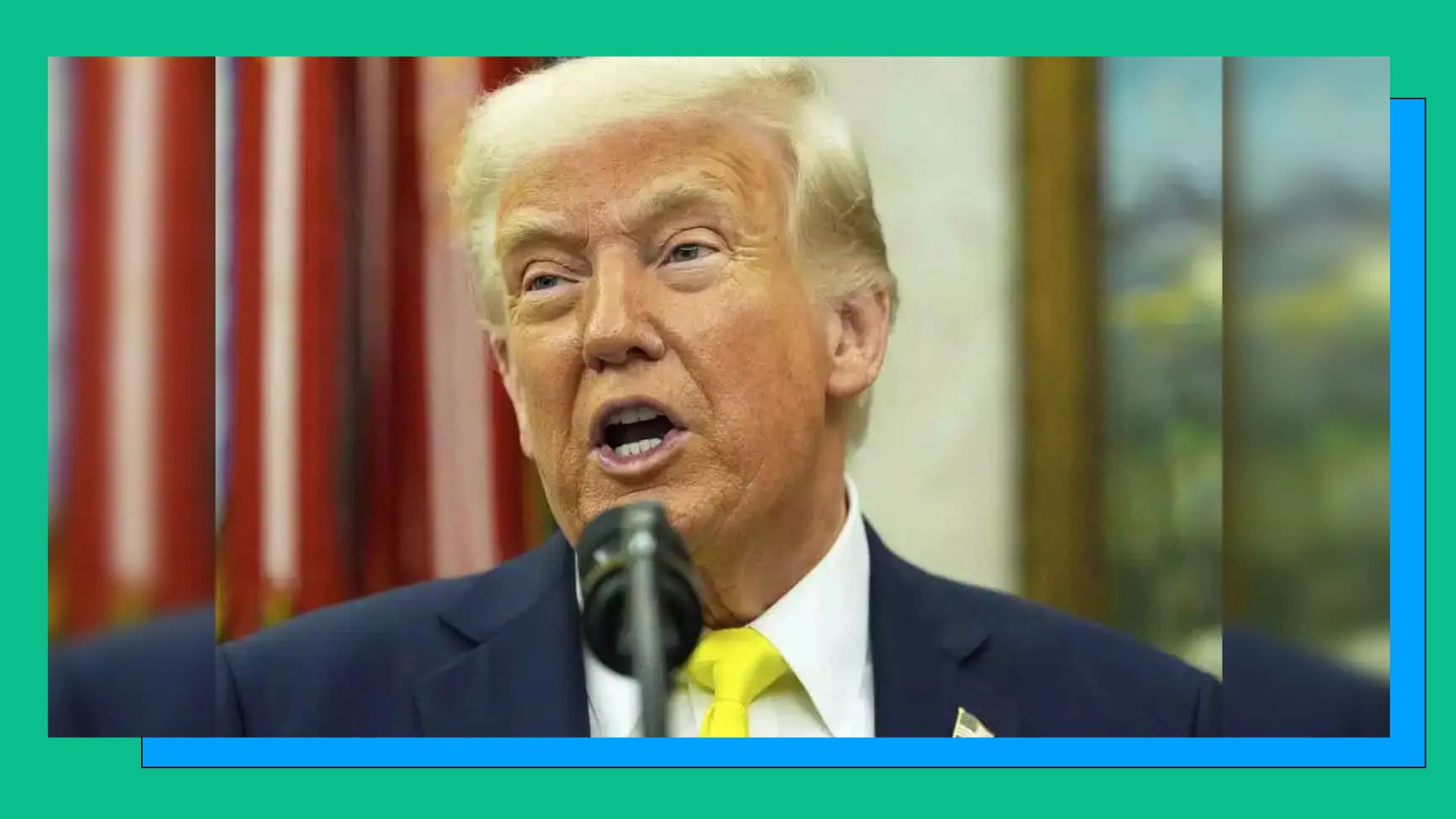In a move that stunned analysts and sent markets soaring, the United States and China have agreed to drastically roll back tariffs on each other’s goods for an initial 90-day period, effectively de-escalating a bitter trade war that has weighed heavily on the global economy.
The announcement followed marathon weekend negotiations in Geneva between top officials from the world’s two largest economies. In a joint statement, both nations highlighted “substantial progress” and reaffirmed their commitment to a “sustainable, long-term, and mutually beneficial” trade relationship.
From Brinkmanship to Breakthrough
The rollback terms are stark:
- US tariffs on Chinese goods will drop from 145% to 30%
- Chinese tariffs on American imports will fall from 125% to 10%
The reductions are scheduled to take effect May 14 and will last for three months. However, Trump’s 20% fentanyl-related tariffs will remain intact, along with other national security-related trade measures.
The agreement marks a sharp reversal from the aggressive stance both sides had taken for months. It also comes as both economies began to show visible cracks:
- US GDP contracted for the first time since early 2022
- Chinese exports to the US plummeted, and factory activity hit a 16-month low
China, in a notable pivot from its earlier combative tone, described the statement as a “positive and constructive step” toward resolving long-standing disputes.
Market Reaction: Global Relief
Global financial markets responded with enthusiasm:
- Dow futures rose over 2%
- S&P 500 and Nasdaq futures climbed nearly 3% and 3.5% respectively
- Hong Kong’s Hang Seng Index surged 3%
- Gold prices fell, and the US dollar gained strength
Dan Ives of Wedbush Securities called the deal a “best-case scenario” and predicted further reductions in tariffs as negotiations continue.
“This is clearly just the start of a broader and more comprehensive negotiation,” Ives noted.
Suspension of Chinese Countermeasures
China has also agreed to suspend or cancel several of its non-tariff retaliatory measures, including:
- Export restrictions on rare-earth minerals
- Blacklistings of U.S. firms via its “unreliable entity” and “export control” lists
- Antitrust probes, such as the investigation into U.S. chemical giant DuPont
These reversals indicate a desire in Beijing to stabilize trade ties and stimulate its slowing manufacturing sector.
A Path Forward: Ongoing Talks
The agreement also includes the creation of a bilateral mechanism for ongoing talks, to be led by:
- Chinese Vice Premier He Lifeng
- US Treasury Secretary Scott Bessent
- US Trade Representative Jamieson Greer
These discussions will rotate between the U.S., China, or third-party countries and will include working-level consultations on key trade and economic issues.
At a press conference in Geneva, Bessent underscored the urgency of ending the trade war:
“What occurred with these very high tariffs was the equivalent of an embargo. Neither side wants that.”
The tone shift from both governments is notable. Beijing’s previously hardline stance gave way to conciliatory language, while Washington appeared focused more on “de-escalation” than forcing a comprehensive trade overhaul.
What It Means
While this 90-day ceasefire is temporary, it marks the most significant progress in US-China trade relations since Trump reignited tensions with sweeping tariffs. Both sides appear motivated not by ideology, but by economic necessity—and for now, investors are breathing easier.












